Report: World’s dams at risk from climate change and conflict
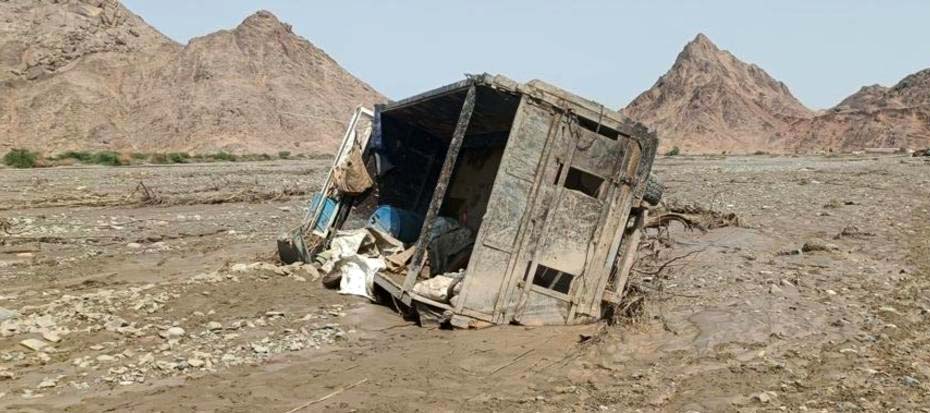
A vehicle washed away by floods after the collapse of Arbaat Dam in Red Sea state (Photo: Sudan’s Transitional Sovereignty Council)
When the Arbaat Dam, 38 kilometres northwest of Port Sudan, collapsed catastrophically in August, following the unusually heavy rains that have hit Sudan this year, it left a swath of death and destruction in its wake, with more than 100 dead and entire villages washed away, affecting more than 50,000 people. The collapse of the Arbaat Dam has been cited in a new report published by the IHE Delft Institute for Water Education* this week, which cautions that with the frequency and severity of extreme weather events increasing due to climate change, many of the 70,000+ dams in the world are aging, and at a higher risk of failure. This is increased in conflict zones, where dams have been ‘abandoned’
The report is co-authored by Micha Werner (associate professor in drought and flood management), and Yasir Mohamed (associate professor of water resources management) at the IHE Delft Institute for Water Education, based in Delft, the Netherlands, which is the largest international graduate water education facility in the world, and operates under the auspices of UNESCO. Werner and Mohamed warn that “in conflict zones, where maintenance may be absent, or where as in the case of Jebel Aulia dam in Sudan, operators have abandoned dams due to these being in rebel-held territory, there is an increased risk of further collapses, with catastrophic impacts.”
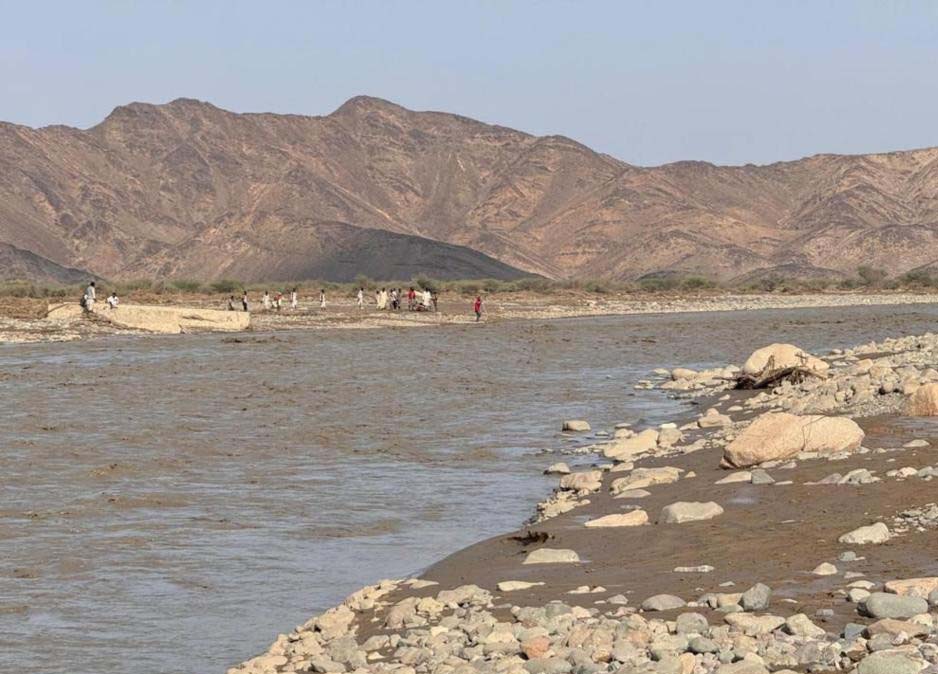
In addition to the Arbaat and the Jebel Aulia dams in Sudan, the report underscores that “earlier this year, a dam collapsed in Kenya, and this week marks the first anniversary of the collapse of two dams upstream of the coastal town of Derna in Libya, devastating the town and causing an estimated 6,000 to 20,000 casualties.”
The authors underscore: “Dams can also be very effective in reducing floods when well operated. Recent research shows that the world’s dams can reduce the number of people exposed to projected increases of global flood risk due to climate change by 13-21 per cent.”
The report explains that “the cause of the collapse of the Arbaat dam was excessive rainfall due to the current heavy monsoon season in the Sahelian region including Sudan, with the capacity of the spillway likely being exceeded and subsequent overtopping and failure of the dam. The dams upstream of Derna also collapsed as a result of extreme rainfall, due to Storm Daniel, a Mediterranean cyclone. Dams are built to withstand extreme floods, with spillways and emergency outlet structures designed to pass these safely. Still, there is always a small probability of floods larger than those the dam builders designed for. This could lead to the dam being overtopped, and subsequent dam burst.”
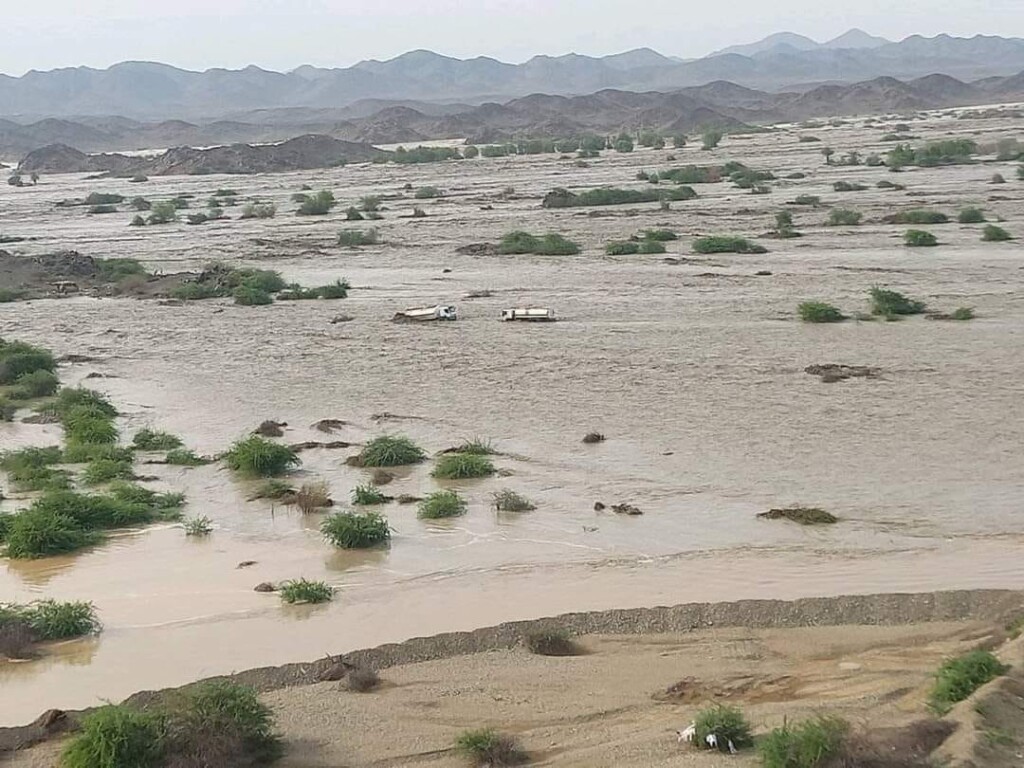
Werner and Mohamed warn: The situation is worse in marginalised regions and conflict areas… The situation in war-torn Sudan is particularly dire. There the country’s dams are divided, with some in rebel-held territory, including the Jebel Aulia dam just upstream of the capital city of Khartoum. This dam is now abandoned and its gates are essentially not operated. Coordination of flood operations of other major dams is increasingly difficult due to displacement of staff and communication challenges. Coordinated operation of these dams is essential, particularly given the ongoing heavy monsoon season, which already led to the collapse of the Arbaat dam.”
In conclusion, the report cautions the wider international community that “with the frequency and severity of extreme weather events increasing due to climate change, many of the 70,000+ dams in the world are at a higher risk of failure. Additionally, the majority of the world’s dams are now aging.
“The impacts of a dam collapsing are catastrophic. Arbaat and Derna were both small dams. Seventy-three percent of the world’s dams are larger. The increasing risk of failure due to climate change calls for increased attention and investment. Particularly where that risk is aggravated further by conflict and instability, more effort is needed. The collapse of a dam and the suffering this causes can be averted, but appropriate action needs to be taken.”
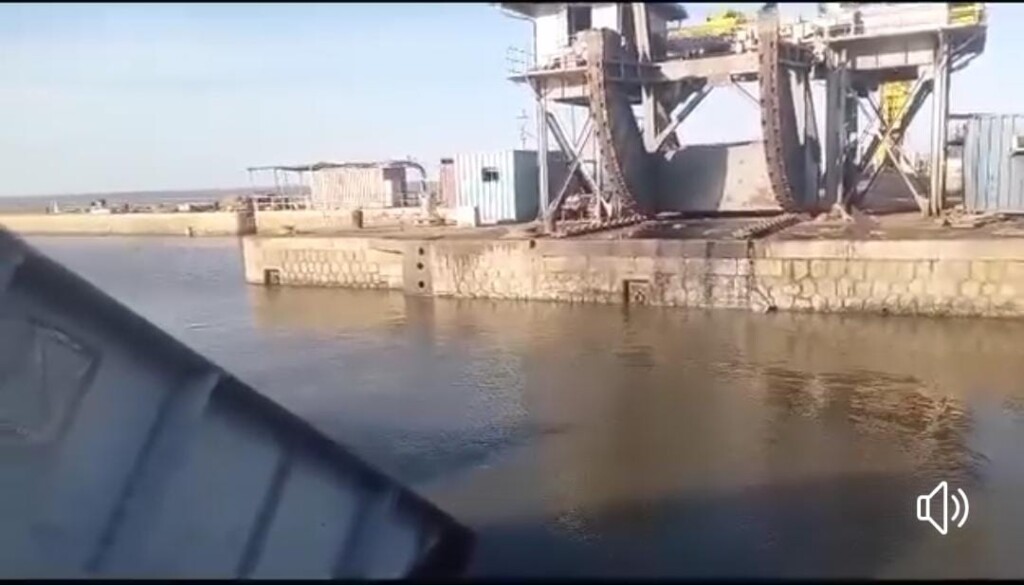
Jebel Aulia
As reported by Radio Dabanga in September, experts are warning of the state of the Jebel Aulia dam in the White Nile south of Khartoum as maintenance has not taken place since the end of last year. The failure of the dam to raise the water level of the White Nile may lead to a failed agricultural season. A collapse of the dam also threatens people in Khartoum.
The Jebel Aulia dam, 44 kilometres south of central Khartoum, was established in 1937. The reservoir, with a capacity of 3,500 million cubic metres, was originally designed to benefit Egypt by augmenting the supply of summer flow to Aswan. Since the construction of the High Aswan dam, Egypt did not longer need the Jebel Aulia dam and officially handed it over to Sudan in 1977.
The main function has become to raise the water level in the areas south of the dam on the east and west banks of the White Nile for the mechanic irrigation of agricultural projects. However, the required maintenance has not occurred since the Rapid Support Forces (RSF) took control of the area in November last year, which has led to serious concerns about the possibility to irrigate White Nile state farms in the upcoming agricultural season this winter.
In an open appeal to both the governor of White Nile state and the RSF command earlier this week, Yousef El Hasani, the head of the White Nile Farmers Association warned that the state’s farms and agricultural projects depending on irrigation during the winter season are threatened due to the low level of the Nile water.
The dam operating system needs to be manned permanently to maintain the water levels in the White Nile. “The raised water level is supposed to serve the many agricultural projects in White Nile state, including national sugarcane plantations, and the damage will be large when the engineers cannot return to their jobs soon,” El Hasani explained in the letter.
Read the complete IHE Delft Institute for Water Education report here
*The IHE Delft Institute for Water Education is the largest international graduate water education facility in the world. Based in Delft, the Netherlands, IHE Delft confers fully accredited MSc degrees and PhD degrees in collaboration with Dutch partner universities. The Institute conducts research and supports capacity development to address the world’s water challenges.
Since the start in 1957, the Institute has provided water education and training to more than 25,000 professionals from over 190 countries, the vast majority from Africa, Asia and Latin America. Institute staff work with partners in cutting-edge research and capacity-development projects with a worldwide impact. IHE Delft aims to make a tangible contribution to achieving all Sustainable Development Goals in which water is key.
UNESCO, UN & Water
IHE Delft operates as a foundation under Dutch law. As a Category 2 centre under the auspices of UNESCO, IHE Delft is a member of the UN-Water network. As such, the Institute is involved in high-level discussions on global water problems. At the same time, we work with partners to apply solutions locally.
IHE Delft contributes expertise to the UNESCO Intergovernmental Hydrological Programme (IHP) and its research, education and capacity work contributes to the global water agenda.
(Source: un-ihe.org)







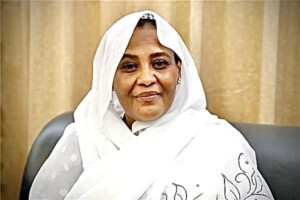
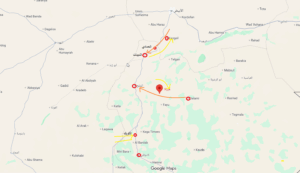


 and then
and then